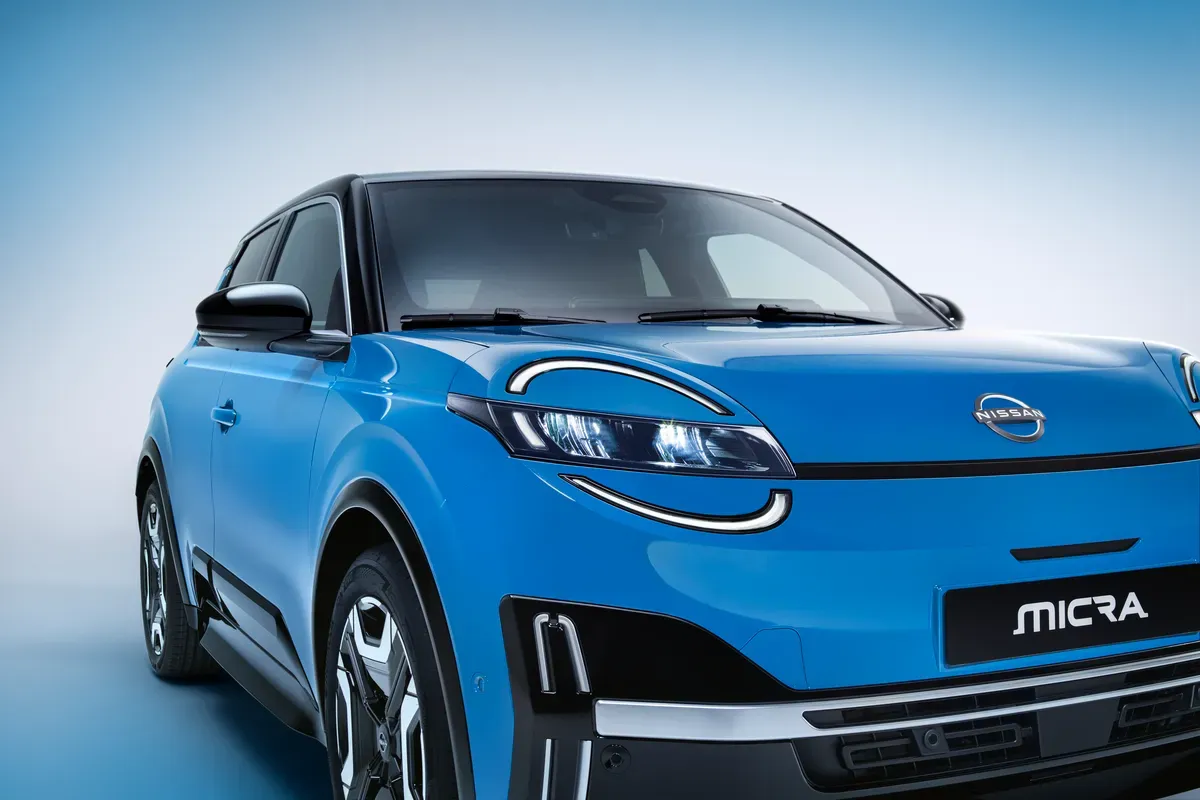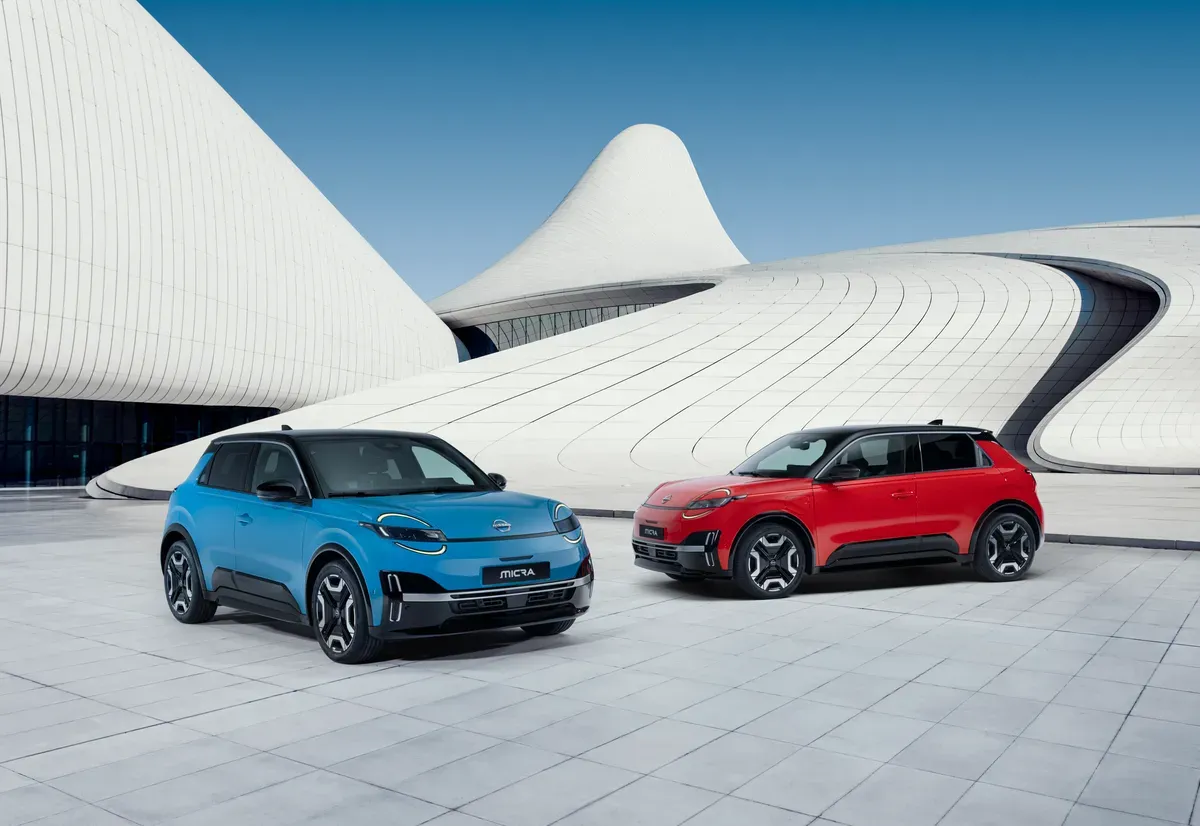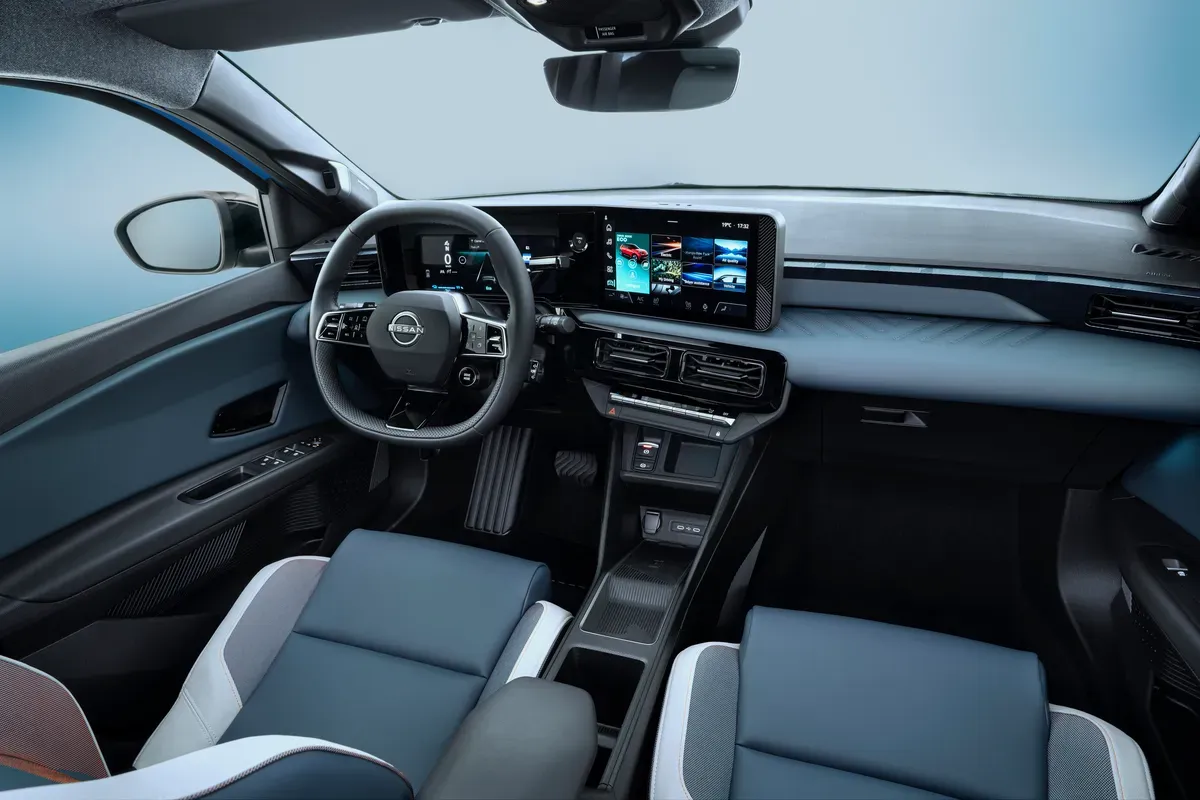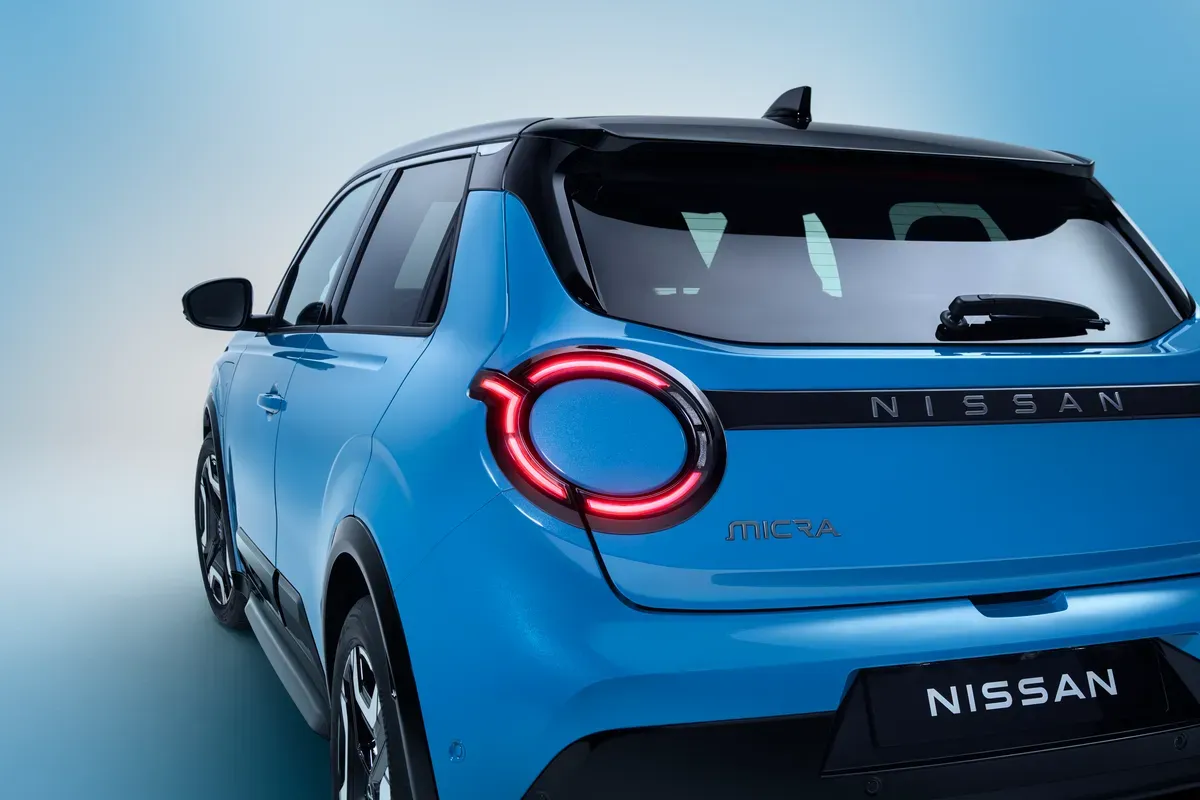Nissan Micra EV 2026: Japan’s Answer to the Global EV Wave
Published On 25/5/2025, 7:24:48 am Author Mohit TanejaMicra EV has the potential to be a smart, value-packed electric hatchback, but its success hinges on Nissan’s pricing strategy and commitment to the Indian market.

While Chinese EV makers like BYD, MG, and Great Wall Motor are surging ahead with aggressive pricing and cutting-edge tech, Japanese brands have been slower to adapt. Nissan, however, is fighting back with the 2026 Micra EV—a compact, affordable electric hatchback designed to win over urban commuters worldwide, including India.
Japan’s EV Struggle: Playing Catch-Up with China
Japanese automakers, once leaders in hybrid tech, have lagged in the pure EV race. China, meanwhile, has flooded global markets with budget-friendly, feature-packed EVs. In India, brands like Tata (with the Tiago EV and Punch EV) and MG (with the Comet EV) are already dominating the affordable EV space. Nissan, despite its early start with the Leaf, hasn’t made a significant impact—until now.
The Micra EV is Nissan’s attempt to prove that Japanese engineering can still compete. It’s not just another compliance car; it’s a well-thought-out urban EV with specs that make sense for Indian roads.
Why the Nissan Micra EV Could Work in India
- Right-Sized for City Driving: Compact (4m length) – Easy to maneuver in traffic and park in tight spaces slong with tax benefits.
- 250+ km range (WLTP) – More than enough for daily commutes, with the 52 kWh variant possibly crossing 300 km (real-world).
- Quick Charging (100 kW DC) – 20-80% in ~30 mins, reducing range anxiety on highways.

The Nissan Micra EV is designed for real-world usability, making it a strong contender in India’s budget EV segment. With 310 liters of boot space, it offers more room than rivals like the Tata Tiago EV and MG Comet EV, ensuring practicality for small families or weekend getaways. Unlike some EVs that sacrifice functionality for futuristic gimmicks, the Micra keeps things sensible—physical buttons for AC and controls mean no frustrating touchscreen-only adjustments, a relief in India’s chaotic traffic.
Competitive Pricing – The Make-or-Break Factor
For the Micra EV to succeed in India, pricing will be critical. If Nissan can position it under ₹12-15 lakh, it could go head-to-head with the Tata Punch EV and MG Comet, both of which are gaining popularity in the affordable EV space.

One way Nissan can keep costs competitive is by local manufacturing. If the Micra EV is made in India, it would benefit from lower production expenses and possible government incentives under the FAME scheme. Local assembly would also allow Nissan to tailor the car to Indian road conditions.

















